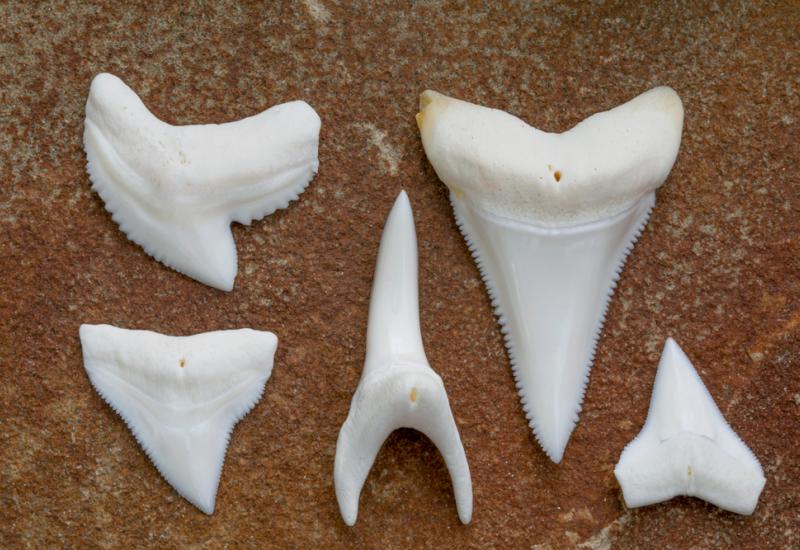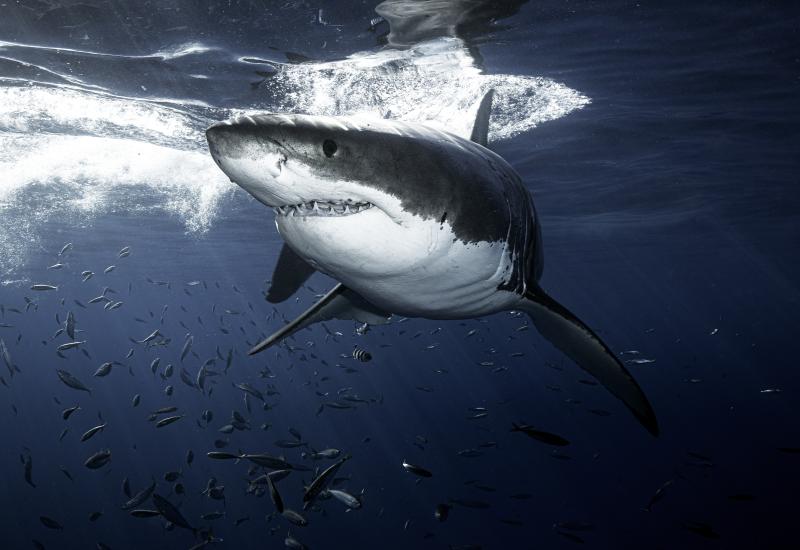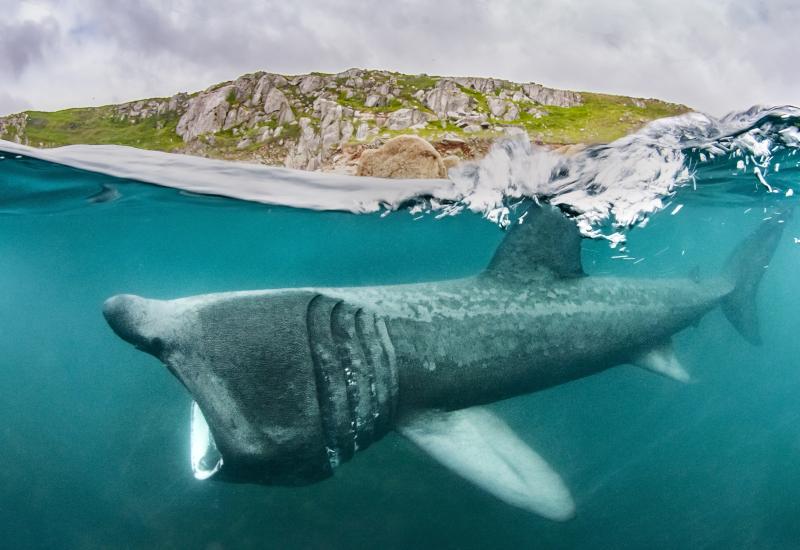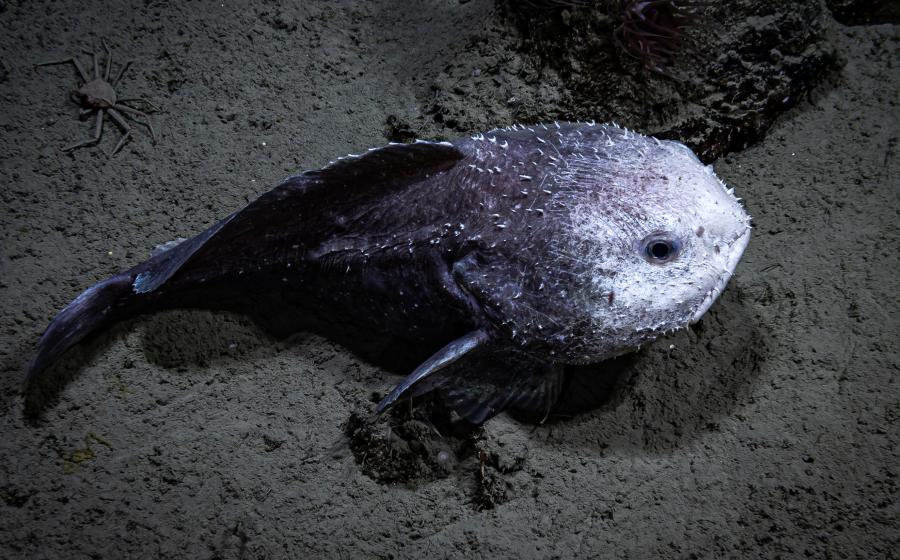Video Proof That Great White Sharks Are Not Man-Eaters
Guadalupe Island, home of the great white sharks, 180-miles southwest of Ensenada, Mexico, is the bucket list of all bucket list adventures. I departed on October 17th for a 5-night/6-day trip once again aboard the Nautilus Liveaboards Belle Amie.
I had just been on a trip with them 6-months prior, where I visited another UNESCO site, Revillagigedo Islands, Socorro. My mission this time was to show the true nature of the peaceful, graceful and surprisingly timid great white shark.
My fellow divers and I were picked up in San Diego and bussed two hours to Ensenada, Mexico. I was thrilled to disembark and immediately see some of my favorite Nautilus crew, Damian, Laurentina, and Captain Gordon. As I boarded, the fond memories and the scent of Socorro remained, jogging the memory of a recent conversation with legendary IMAX filmmakers Howard and Michele Hall about Socorro. “A lot less sharks,” Howard commented without hesitation, referencing a recent visit, their firs time back in almost 15-years. After 18-hours at sea, we arrived to Guadalupe at sunset, a time at which the island has an unmistakable Jurassic feel. Surface cages opened at 6AM, submersibles at 8AM. The water was 70°F/21°C. I was traveling in partnership HECS Aquatics.
Courtesy Beacons FilmsNautilus Liveaboards
One of the things that has bothered me for the last few years is how the media portrays sharks, there is too much emphasis on seeing these white sharks jump, breach, thrash and tear things to shreds, all those jaw open teeth shots. Sure, they do that, but when hunting. They need food, just like us. I joke with people and tell them to watch shark shows on mute. That’s how it is in the ocean, silent. I’ve been diving for years and have been up close and personal with hundreds, if not thousands of sharks. I’ve always found them to be peaceful and graceful. I had a theory and wanted to prove that great whites were the same, kind of like how a Pitbull is a dog just as is a Chihuahua.
On day one, most of the sharks stayed below us. We had just arrived so I believe they were cautiously investigating. What blew me away though was how slowly they moved. Sometimes they face their nose in the current and appear to be almost motionless, resting. Day two was simply amazing. The surface cage action was incredible but this is where I scored some amazing footage in the submersible cage at 25-ft down. I mounted two GoPro’s inside the cage facing in and captured the shark, Sad Face a 13-foot male shown in a lot of the footage, from three angles as it approached and passed close to the cage. Then a diver in another cage captured it from his angle and my cage mate did too from behind me. It was something I could just never forget, simply amazing. Day three was good too but the current kicked up late morning and the cages were going sideways so we moved to calmer locations and ended the day with a lot of action with our new friend, Sad Face. I love that shark, so curious but cautious and a great model for my videos.
In the end, my theory was proven. They are just like all other sharks, graceful and timid. What stood out to me most besides their grace was just how timid they were. At one point, I was at the corner of the cage and Sad Face approached at a 45-degree angle. He was going to pass right where I could get a beautiful shot of him. I raised my camera a mere six inches and that’s all it took to spook him; he went the other way. We were all left in awe of this magnificent animal. Many arrived with a fear, but almost all the divers left saying they’d have no fear diving without a cage. This was my mission, to remove the fear of the animal but also to show how fun they are. If we can help people fall in love with sharks, they have a chance. What do people do for the things they love? They protect them.
Courtesy Beacons FilmsAn up-close look at a great white shark seen from the cage.
If humans were murdered at the same rate as sharks, the last human has 76-years to live. The re-installation of an empathetic society is vital for it’s survival and that of it’s surroundings. We depend on it, and so do our finned friends. See how these sharks are for yourself in the video I captured of my experience. A special thanks to Kyle Ingram, Mark Mueller and Max Mueller for contributing footage.
Learn more about Shawn Mahoney's underwater 4K/8K cinematography business Beacons Films here.
Follow Beacons Films on Facebook and Instagram.
• Dive Operators Use Music Not Chum to Attract Great White Sharks










